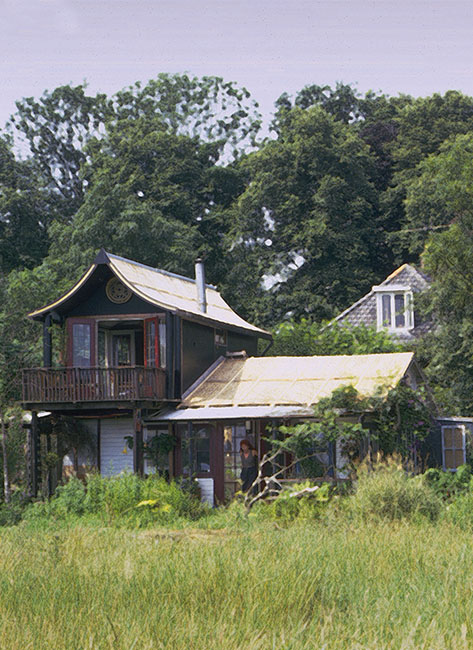Sustainable Housing, Sustainable Living
Duurzaam wonen, duurzaam leven
Abstract
Sustainable building tends to be motivated by worldwide developments such as global warming or the impending transition in the energy market. The sustainable house, in turn, is all about closing loops, with an emphasis on energy, materials and water, and resulting in a house with a small ecological footprint. While this is undoubtedly good news for future generations and people elsewhere, what does it mean for the residents of today? Is there a relationship between sustainable building and sustainable living? And is sustainable building the reserve of certain lifestyles?
The relationship between building and living is a sensitive one. We expect the construction of sustainable homes to produce sustainable behaviour in residents, but without a proper understanding of the problems and without effective strategies for changing people’s behaviour, sustainable technology is in and of itself meaningless to residents who do not already have sustainable development in their sights.1 What does a resident do with the money saved by his energy-neutral house? Book an extra holiday flight? With a bit of luck, a sustainable house can lead to sustainable living, but more often than not it does not; in fact, in the worst case scenario it has the opposite effect. So perhaps it is a good idea to start at the other end and ask: Who are sufficiently interested in sustainable housing and living to move on to sustainable building? Who are these people and how do they live?



